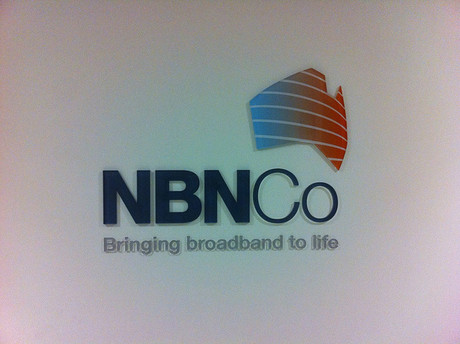NBN could boost Australia's GDP 2% by 2020

The completion of the NBN in 2020 will see Australia become the most connected continent on the planet, and has the potential to boost GDP by around 2% per year by 2020, a new report finds.
The report from Western Sydney University predicts that ubiquitous access to fast broadband will unlock significant economic and social benefits across the country.
“The completion of the NBN network can see Australia become the world’s most connected continent in terms of broadband access, affordability and speed tiers,” lead researcher Liam Magee said.
“Our research shows this will help to build a stronger national economy, provide better career pathways, optimise the delivery of innovative healthcare services and implement sustainable futures for our cities and regional towns.”
The NBN is expected to be a key enabler to the success of homegrown start-ups as well as flexible working arrangements for more established companies. The report predicts that widespread adoption of fast broadband could as much as double the number of Australians working from home — currently nearly 400,000.
According to the report, the NBN will likewise help support the jobs of the future in the science, technology, engineering, arts and mathematics (STEAM) fields, as well as delivering the education required for careers in these fields.
The NBN also has the potential to save up to $3 billion in annual health costs by supporting telehealth and digital health services in regional, rural and remote areas.
The report also argues that the NBN will be key to supporting the Internet of Everything — by 2025–2030 there are likely to be well over 50 billion devices and apps connecting everything from fridges to home security systems running concurrently on the network.
Internet Australia CEO Laurie Patton said the report highlights the need for an urgent change in Australia’s broadband strategy, renewing his call for the government to abandon the multitechnology mix model in favour of a return to the NBN.
“We are not building the NBN simply for today. It is a project originally designed to last for many decades to come. Unfortunately, the current model using ageing copper wires will not go the distance,” he said.
“Internet Australia’s world-renowned technical experts say we will need to junk the FTTN network in 10 to 15 years’ time, if not sooner. It simply will not deliver the speeds required for the applications that will be available to consumers by then.”
Patton also expressed concern that there appears to be an attempt to “spin the facts to look like we don’t really need high-speed broadband universally available”. He noted that while the ACCC’s recent report found that basic the 25/5 Mbps speed tier had the highest consumer take-up, there has also been a 28% increase in consumers opting for the 100/40 Mbps tier.
“There are a number of reasons why it might look like people only want lower broadband speeds. Firstly, the RSPs (nbn’s retailers) make better margins selling lower speed tiers so they don’t benefit from upselling. There’s a flaw in the nbn’s wholesale pricing regime, which Communications Minister Senator Mitch Fifield has acknowledged and undertaken to have reviewed,” he said.
“Secondly, the feedback we get from nbn customers is they’re not confident about signing up for higher speeds on the copper wire FTTN network because they’ve heard that it can’t deliver. In fact, only this week I spoke to someone who’s just been connected to the NBN and paid for the 100 Mbps tier only to see their speed max out at 12 Mbps.”
Australian businesses face connectivity challenges: report
A report commissioned by Ericsson finds that Australian businesses face connectivity challenges...
CommScope launches new fibre termination platform
The CommScope XPND fibre termination panel platform is designed to enable easier, more...
Ruckus launches AI-driven network solutions
CommScope subsidiary Ruckus Networks has unveiled a host of new AI-driven networking solutions,...





